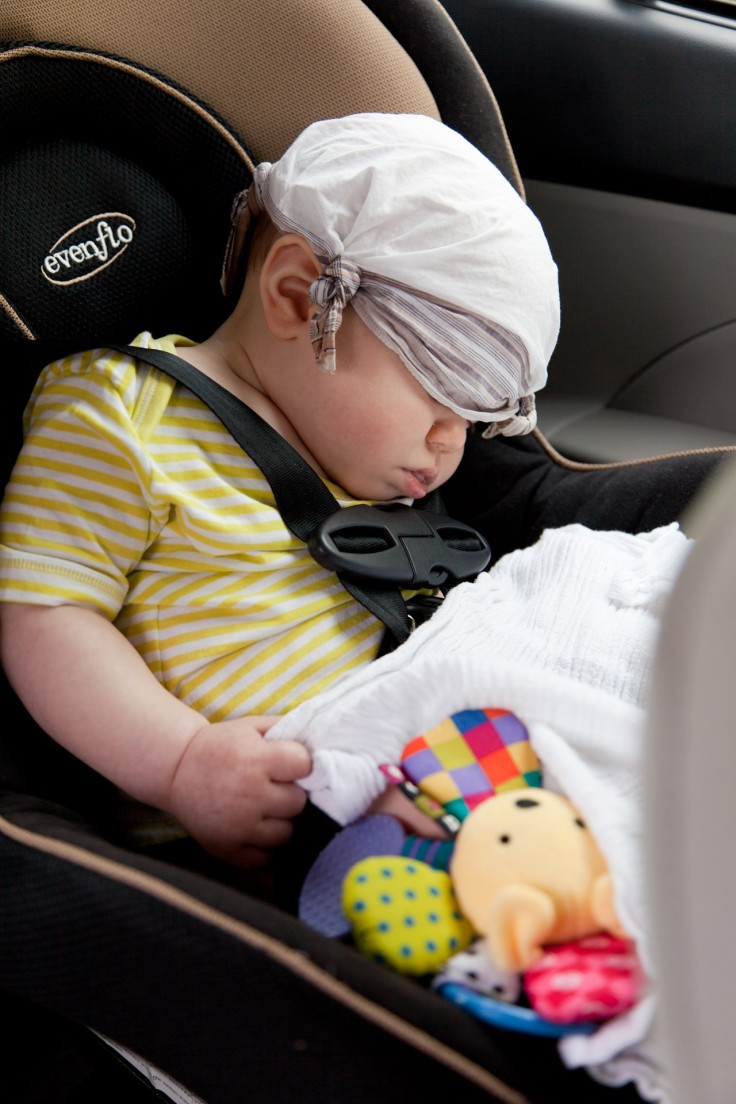
Every day a car gets more important, especially for a family. It is convenient to have a personal car rather than using public transportation every day to get to work, the grocery, or picking up your kids from school. Cars are becoming more and more popular as days go by.
In fact, there are already an estimated 1.4 billion cars in the whole world that are in use. This is also 17 percent of the global population. With this many cars around in the world, the risk of road and car accidents are also increasing.
In a year, an estimated 1.25 million people die in a car accident, and an estimated 50 million get injured or disabled. In this statistic, most victims of road accidents and car crashes include kids ages 5-14 years old. In the United States, an estimate of 1,600 children under 15 years old die in car accidents and crashes every year.
If you have a baby or toddler and you usually bring them wherever you are, as a parent, you should be able to ensure that your car is safe for travel. Although being a careful and responsible driver is important, this is not an assurance that you will be safe from car accidents.
A lot of people might not know you're driving with a baby, so it's always best to think ahead and be prepared for such circumstances. To know more about safety policies when driving with a baby, here is what you should keep in mind.
Car Seats
There are three different types of car seats. Most parents may not be aware of this. Some may think that all baby car seats are the same, but they're not. Here are the three types of car seats for babies:
Standard car seat. This type of seat is for small infants weighing 22-35 pounds. This seat should always be rear-facing to protect the baby.
Convertible car seat. For this seat, you may have the option to have it forward-facing or rear-facing. For rear-facing, make sure your baby does not weigh more than 40 pounds. If you're going to go for the forward-facing, it can hold a baby that weighs up to 70 pounds.
Booster seat. Once your baby has outgrown the convertible seat, a booster seat may be the one that you now need. This seat will allow your baby to use the regular lap and shoulder belt that will keep your baby safe.
Things to Consider When Buying A Car Seat
You need to consider the style of the car seat. Every baby car seat has its own unique design and build, but you need to focus more on how it is safe for your baby to use. Your baby's life depends on the car seat your going to choose, so make sure you choose the right one.
The harness should be the second thing you have to look into when buying a baby car seat. Make sure it's sturdy that will keep your baby safe while being 100% comfortable in it. Baby seats usually come with three or five-point harness.
It is important for you to measure your baby's car seat according to your baby's height and weight. Remember that each seat is designed for a specific time in your child's life and should be used at the right time.
Make sure to get a baby seat that has head support for your baby. This will refrain your baby from bouncing their head when you're driving and avoid head injuries.
Your baby's car seat should be up to date from the design, features, and harness. This is important because the latest baby car seat designs are already improved versions of past baby car seats in the market.
Remember, there are no sure safety precautions other than proper driving and equipment.